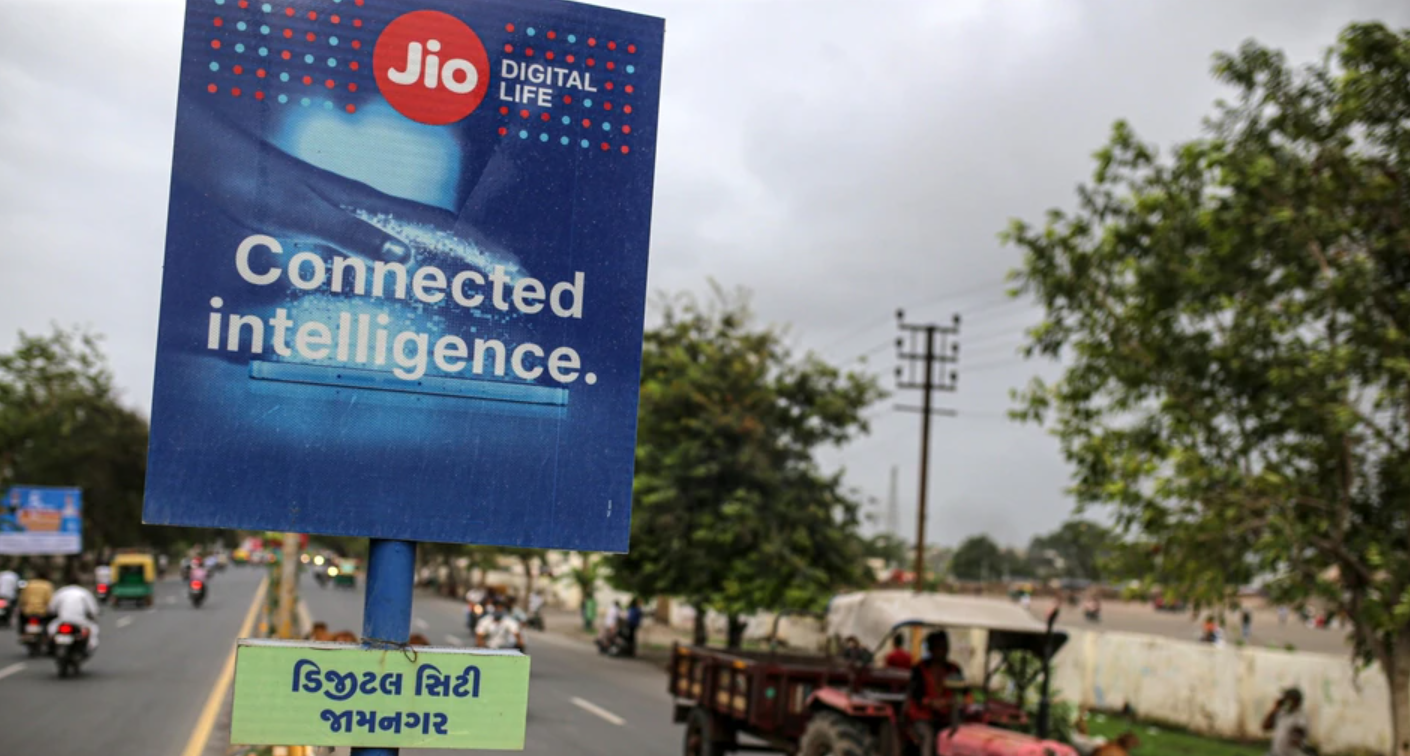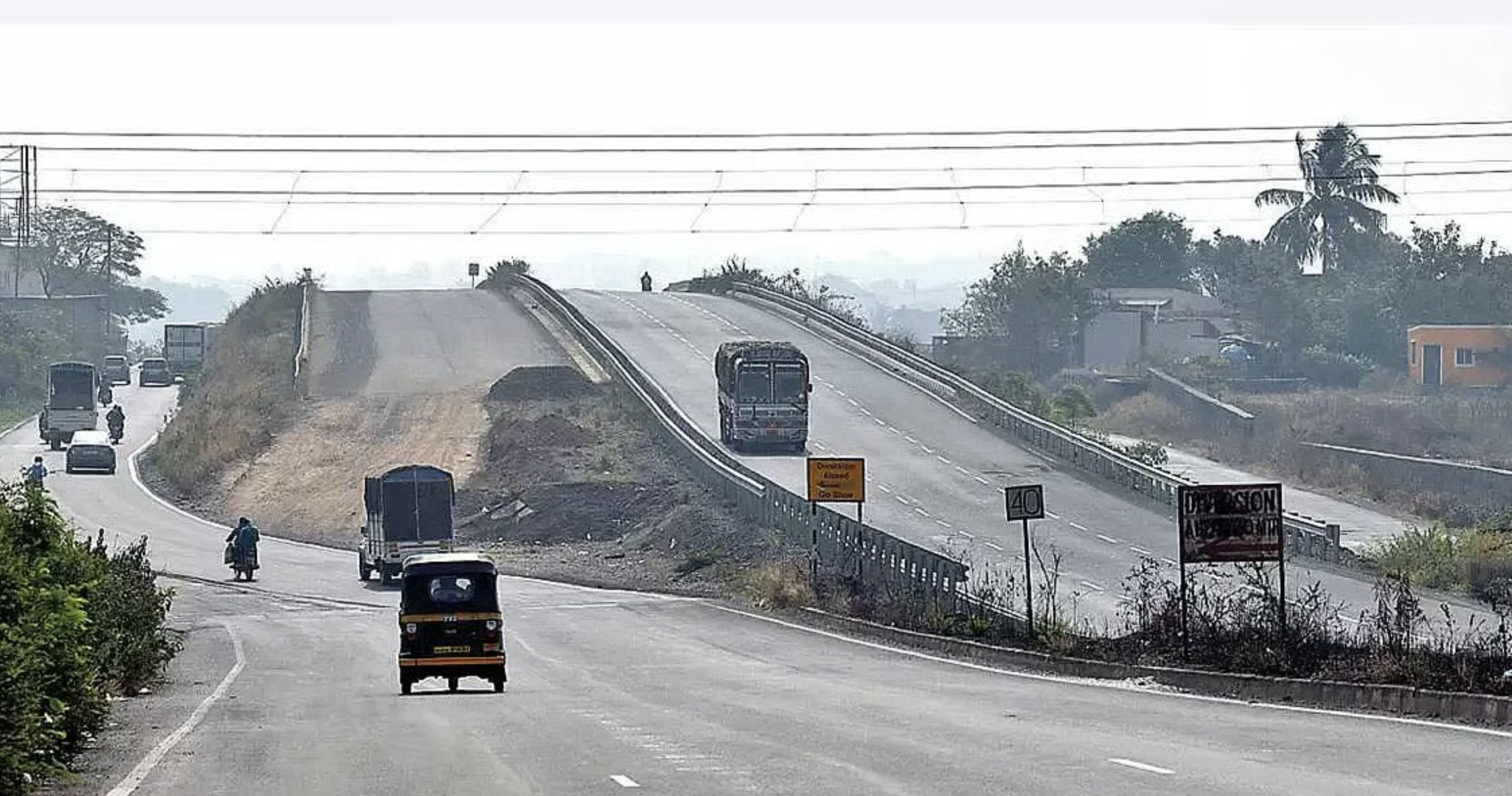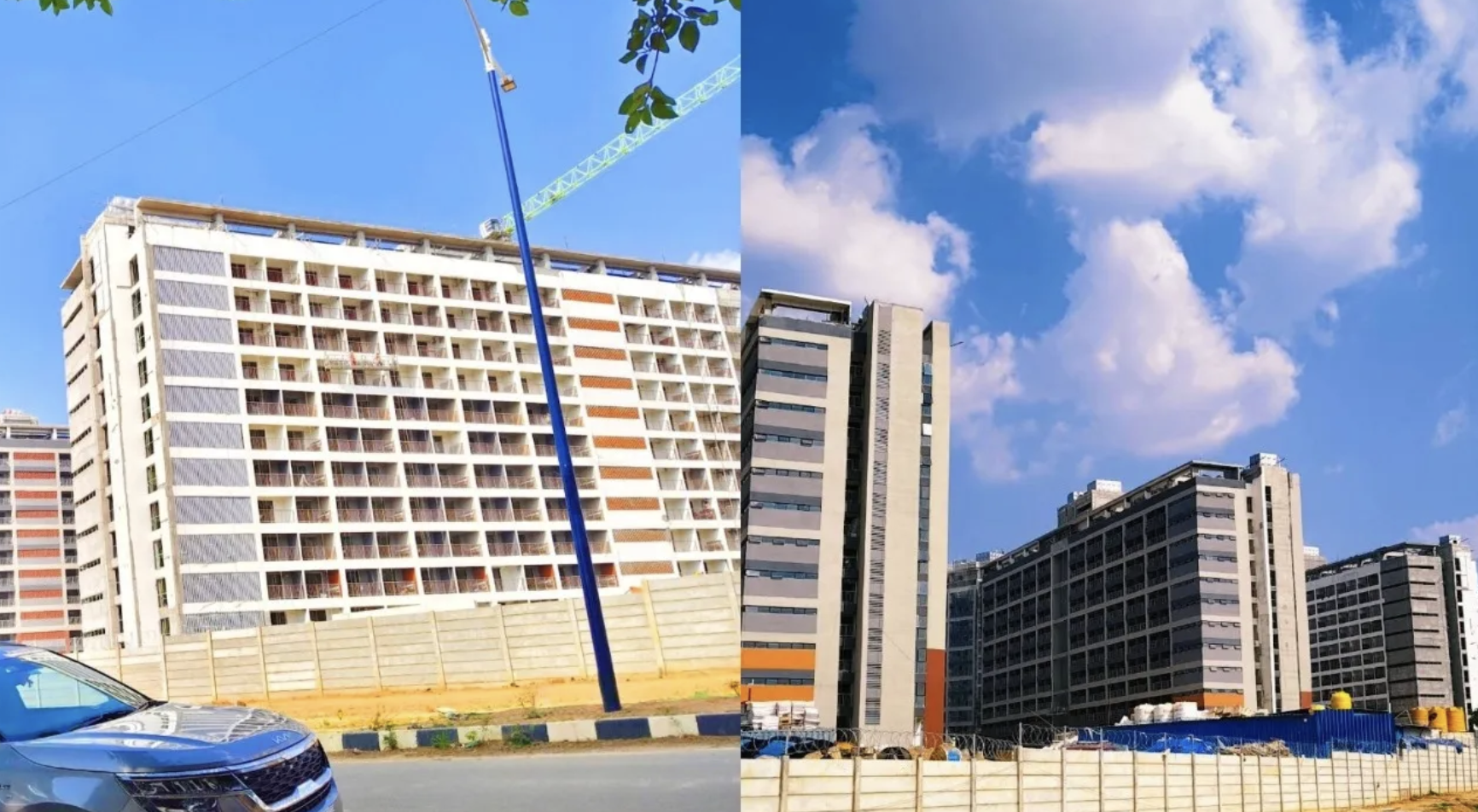Airtel is planning to list its unit, Airtel Payments Bank, which has already turned profitable and is seeing double digit growth.

Background
Its data centre business could also be monetized at some stage.
The telco is not looking at a premium pricing for its 5G services and reiterated that it doesn’t need the 700 MHz band in the future or for its next gen services.
A top official shared that at present only 12% of the devices support 5G in India and that contributes significant revenue.
Opportunities from captive networks were still some time away with use cases still being developed and tested.
Tariff raise successful
Airtel’s move to raise base rates in two circles has shown better than expected results with lower than expected churn,supporting a tariff increase for the debt-laden telecom industry.
However, it will take a final call on similar moves in other circles in another six weeks, keeping an eye on rivals’ moves on the issue.
Commenting on the state of the industry, the official said that a rival private operator or Vodafone Idea is in a tricky situation and desperately needs funding.
Achieving success
“It’s (Airtel Payments Bank) a profitable company, it’s doing well and growing rapidly.
Further, that’s an option as per the RBI (Reserve Bank of India) license that at some stage we are expected to list,” the official said.
Launched in January 2017, Airtel Payments Bank currently has around 50 million users and about Rs 20,000 crore in gross merchandise value (GMV).
Additionally it earns annualised revenue at around Rs 1,000 crore.
User Base growth
Airtel owns 70% with the rest held by Bharti Enterprises.
Analysts expect the bank to generate $1 billion (around Rs 8,000 crore) of annual revenue by 2030 on the back of sharp rise in its user base.
There’s also a strong revenue generation potential in the B2B space.
The company is planning a capital investment of Rs 25,000-Rs 27,000 crore in next financial year, with maximum quantum to go into the transport network followed by fibre and data centres.
Big changes made
In November, Airtel discontinued its lowest recharge plan in Haryana and Odisha and in the process effectively increased base tariff in the two states by 57%.
Further, it raised the possibility of industry wide rate hikes almost a year after the previous round.
Other potential revenue growing opportunities lie in upgrading feature phone users to smartphones.
Target prepaid-postpaid conversions
In addition, Airtel is pushing more and more prepaid conversions to postpaid where prices are some 1.6 times higher.
Nearly 95% of Airtel’s nearly 328 million are prepaid users.
Airtel is still some few years away from shutting its 2G network which still supports some 100 million users.
It may consider doing so when the revenue contribution falls below 5%.
However currently, 2G users are in double digits in Bihar, UP etc.
ARPU targets
The telco is counting on its home business to improve its average revenue per user (Arpu).
When a prepaid consumer upgrades to postpaid, it doubles the Arpu.
But when a postpaid user upgrades to home the Arpu quadruples.
Fibre broadband is another big revenue opportunity with the addition of around 6 million subscribers in a year.
Currently only around 23 million homes have been provided by fibre broadband out of a 50 million homes market.
1000 cities are being targeted for fibre broadband plans.














